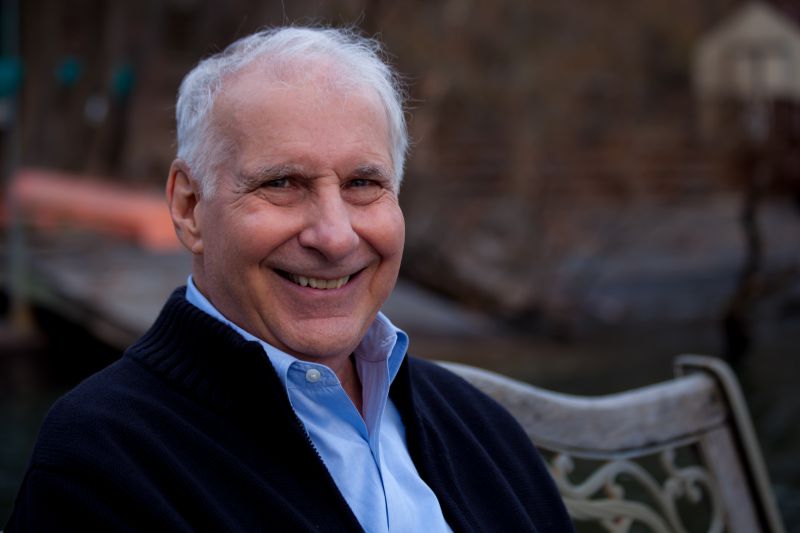Joe Wesbecker had threatened his co-workers in the past, but had never been violent. In 1989, Wesbecker was placed on Prozac (fluoxetine). One month later, he became agitated and delusional. Suspecting Prozac as the cause, his psychiatrist stopped the antidepressant. Two days later, with most of the drug remaining in his system, a heavily armed Wesbecker walked into his former place of work in Louisville, Ky., where he killed eight people and wounded many others.
Survivors and families of the deceased sued Eli Lilly for negligence in developing and marketing Prozac, and the case went to trial in 1994. A consortium of lawyers and an Indiana court had appointed me to be medical and scientific expert for more than 100 combined product liability suits against Eli Lilly concerning violence and suicide caused by Prozac. In that role, I became the scientific and medical expert in the Wesbecker case.
The lawyer handling the Wesbecker case died, and when the new attorney took over, he seemed to thwart every attempt I made to help us both prepare for trial. He did not tell me about huge amounts of new information, wouldn’t talk with me on the phone. The night before the trial, he still refused to discuss anything with me, and in frustration, I shoved a carefully prepared series of notecards into his hand, saying, “You must ask me these questions or we’ll lose the trial.”
When I testified the following day, the attorney tried to stifle some of my most telling testimony in support of his case against Eli Lilly. Several jurors voted to find the company negligent, but Lilly won the trial by a 9-3 vote. One more vote against the company, and it would have been a hung jury. Eli Lilly and the major media reported the trial as if it had wholly and forever exonerated Prozac and the company.
Afterward, I couldn’t figure out if the lawyer in the Wesbecker case was incompetent or, as my wife Ginger suspected, he had been bought in advance by Eli Lilly to throw the case. The trial judge, John Potter, later discovered that the trial had indeed been fixed.
Judge Potter threw out the rigged jury trial and changed the result to settled “with prejudice” by the drug company. This time major media failed to cover the incredible turnabout in the case. Although I have written about it extensively in my book “Medication Madness” (2008), the real outcome of the trial to this day remains relatively unknown even among psychiatric and legal experts.
Columbine
In 1999, Eric Harris, along with Dylan Klebold, slaughtered students and a faculty member at Columbine High School in Colorado. I was a psychiatric expert in several cases surrounding the Columbine massacre, none of which went to trial. From the medical records, I discovered that Harris had been prescribed the antidepressant Luvox one year earlier, before he became profoundly disturbed. Harris remained on Luvox over the next year, becoming increasingly filled with hate and violence. On autopsy, he had a significant level of Luvox in his bloodstream.
A 16-year-old boy in Manitoba, Canada, abruptly plunged a knife into the chest of one his best friends, killing him. The youngster, with no history of violence or serious mental illness, had been put on Prozac three months before the murder. When his mother told the psychiatrist that Prozac was making her son worse, the doctor increased the dose. Seventeen days later, with no significant provocation, the teenager killed his friend.
Aurora
Before he committed the massacre in the theater in Aurora, Colo., in 2012, James Holmes was in psychiatric treatment at his university clinic. Given that he was in treatment with a psychiatrist who was worried about his dangerousness, it is almost certain that Holmes was either taking psychiatric drugs or in withdrawal from them at the time he committed murder.
We do not know if the Newtown shooter, Adam Lanza, was taking psychiatric medication at the time of the shootings, although a Dec. 14 Washington Post article reported that a family friend said “he was on medication.” There are many suggestions that this socially withdrawn individual had been psychiatrically diagnosed and treated.
Notice that all five individuals (Wesbecker, Harris, Holmes, Lanza, and the Canadian teenager) were already under psychiatric care shortly before or when they committed violence. In addition, the Virginia Tech shooter was psychiatrically hospitalized a year before he murdered his classmates.
These events confirm that involvement in psychiatric treatment, with its emphasis on prescribing psychoactive drugs, is no protection against violence perpetrators. Instead, in too many cases, psychiatric drugs cause or contribute to horrendous acts of violence. Psychiatry is a cause and not a cure for mass violence, and looking for help from psychiatry will only distract us from seeking genuinely effective solutions.

 Psychiatric Reform Accomplishments
Psychiatric Reform Accomplishments